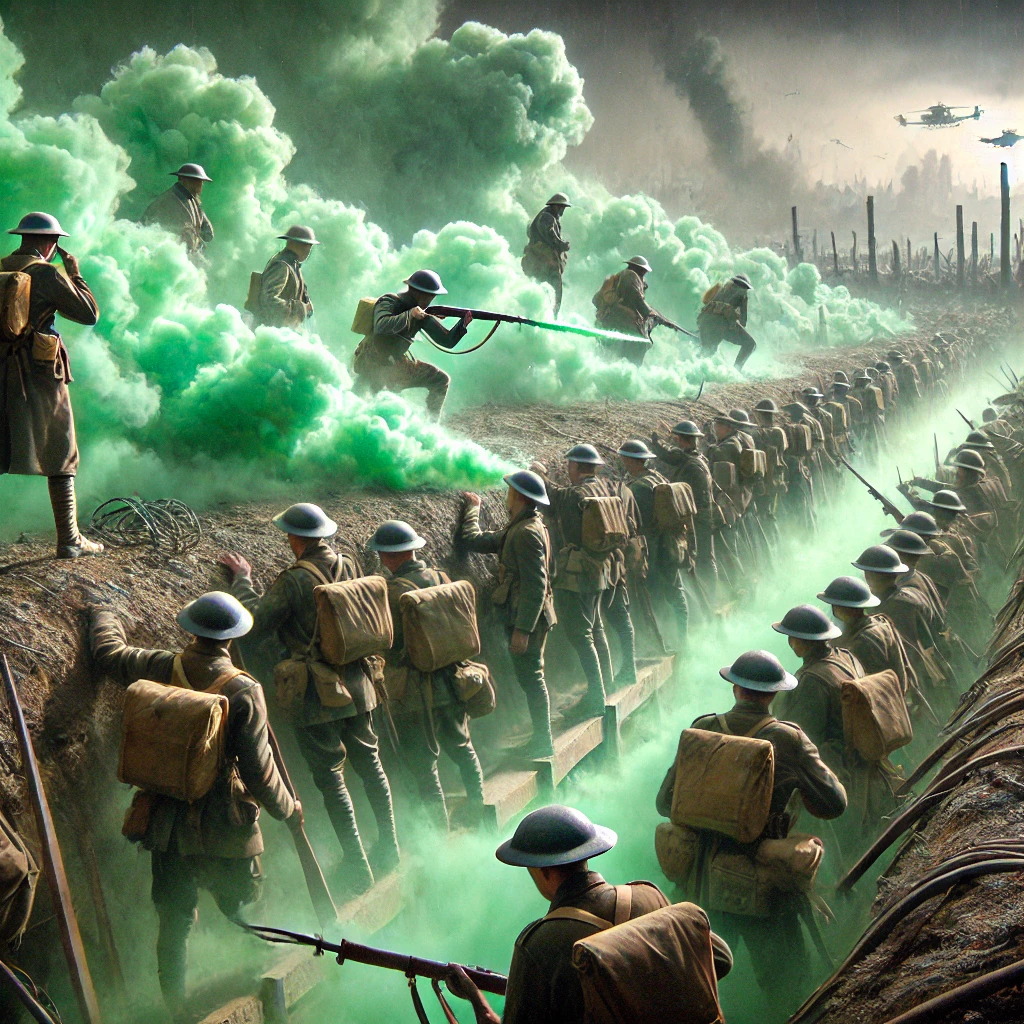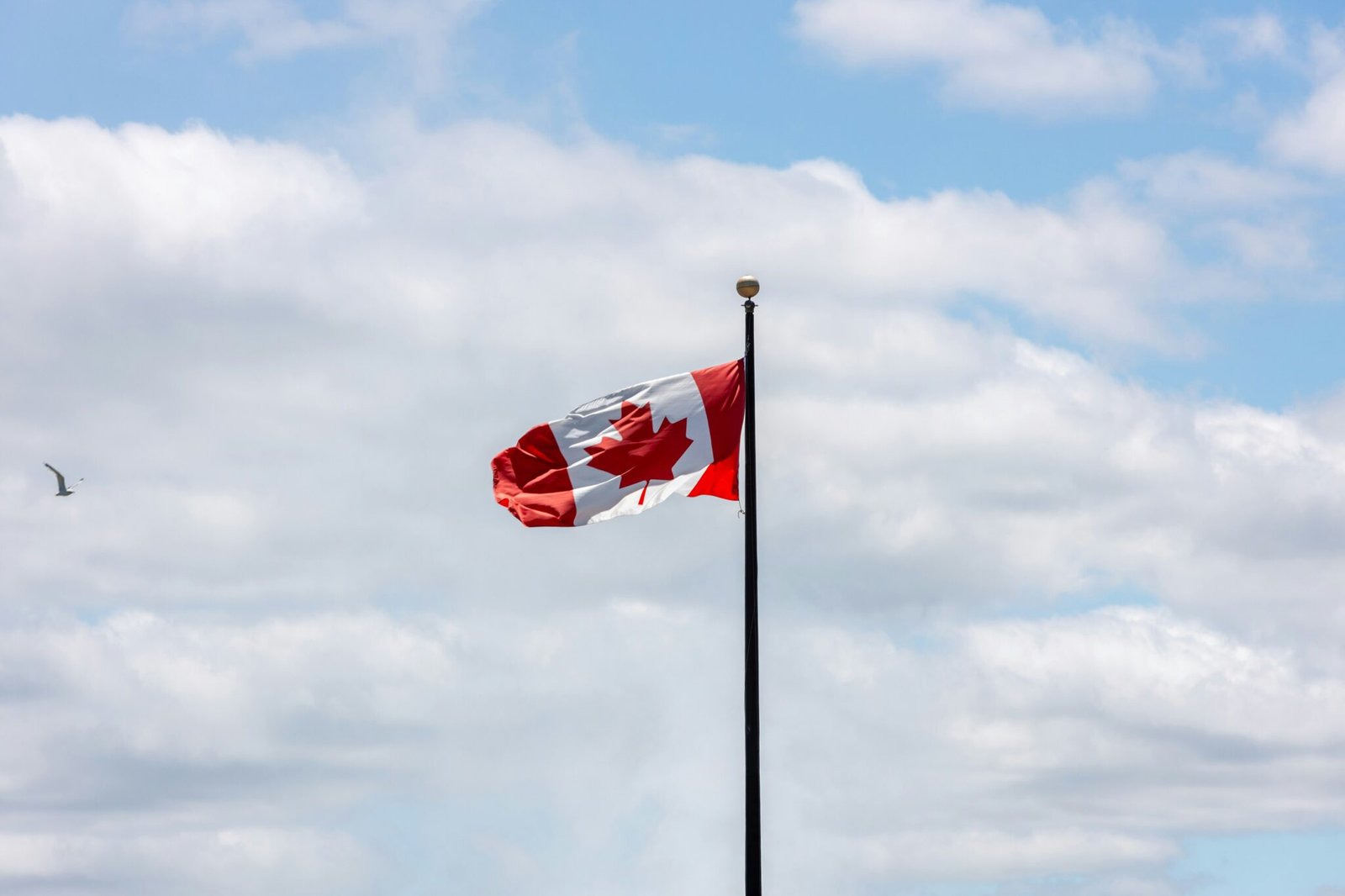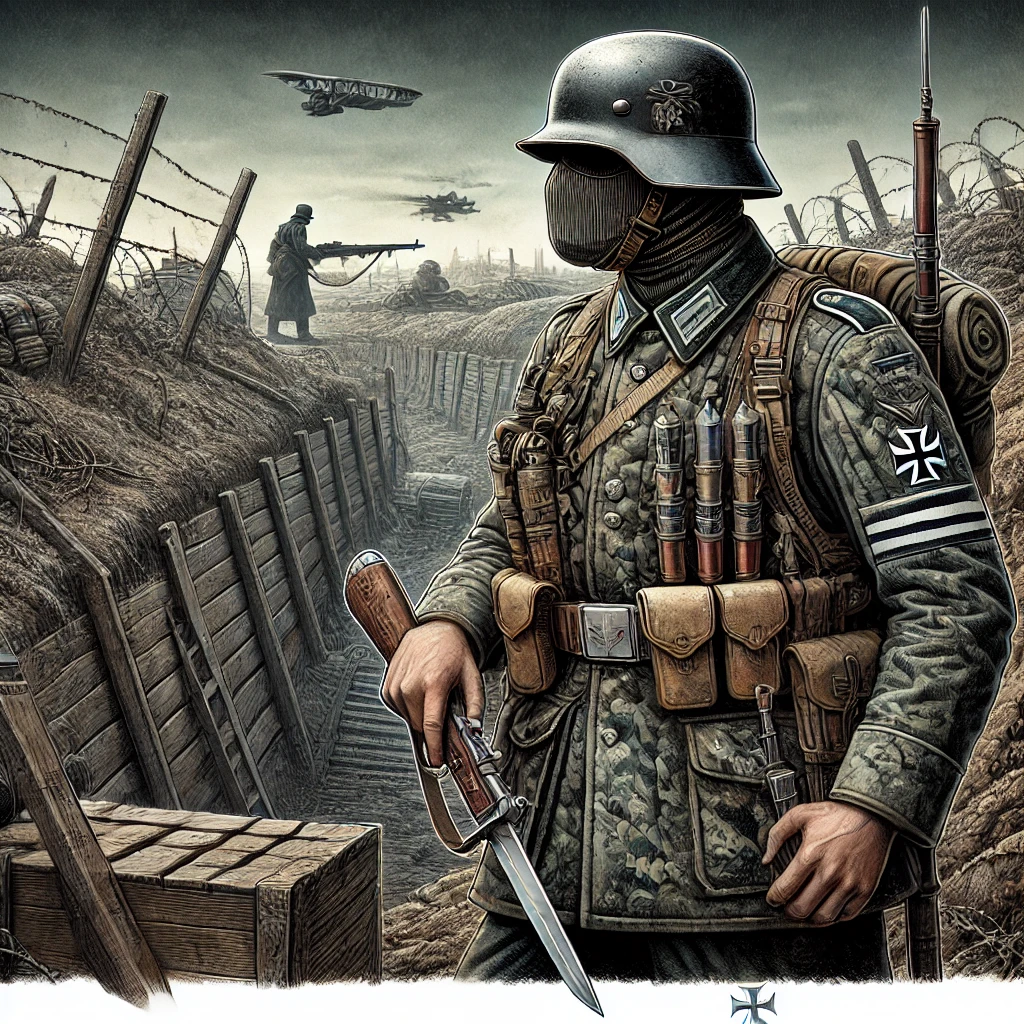Canada at the Outbreak of War
In 1914 when the war broke out, Canada was a dominion of the British Empire. Though it had been settled for several hundred years, it was officially confederated in 1867. At the outbreak of the war, it had a population of less than 8 million people, with a military consisting of just 3,110 men and two training ships, but by the end of the war well over 600,000 Canadians would serve in uniform and Canada’s army would have a reputation as a highly effective military force.
Canada’s Early Military Contribution
Now, when Britain declared war on Germany, Canada, as part of the empire, was automatically also at war. Among British Canadians, many of whom were recent immigrants, enthusiasm at the outset of the war was high. Even before the call went out for a force of 20,000 to be established, 100,000 men had volunteered. The first contingent of soldiers, dubbed “Canada’s Answer” embarked for Europe in October 1914, 31,000 strong.
Baptism of Fire: The Second Battle of Ypres
The Canadian Expeditionary Force (CEF) fought its first major action at the Second Battle of Ypres in April 1915. On April 22nd, the Germans released 168 tons of chlorine gas to kick off their offensive. The gas swept over the trenches of French colonial troops, killing or forcing the retreat of thousands of troops and leaving a huge hole in the Allied line.

The Canadians closed the gap and held the line against advancing German troops, taking heavy losses in the following action at Kitchener’s Wood and a second gas attack at St-Julien. Kitchener’s Wood marked the first time a European colonial force defeated a European power on European soil, and after the war French Field Marshal Ferdinand Foch would call the Canadian actions at Kitchener’s Wood the “greatest act of the war”.
The Canadian Corps and the Victory at Vimy Ridge
As the CEF grew to 4 Divisions on the Western Front, Canadian leaders insisted that the divisions fight as a unified Canadian unit, as opposed to being joined with different elements of the British Army, and on April 9th, 1917, the 4 Canadian Divisions fought together for the first time. 97,184 men of the Canadian Corps achieved a decisive victory at Vimy Ridge, capturing heavily entrenched German positions on an important strategic ridge overlooking the Douai plain in Northern France.
Lieutenant-General Arthur Currie: The Architect of Success
Lieutenant-General Arthur Currie, commander of the 1st Canadian Division, who before the war was a failed real estate and land developer in British Columbia, was instrumental in the planning of the Canadian attack at Vimy Ridge, and in implementing new strategies that led to the successful capture of the ridge. Currie took over as commander-in-chief of the Canadian Corps in June 1917 and would lead the Corps for the remainder of the war, with the 4 Divisions of the Canadian Corps most often fighting together.
The Conscription Crisis in Canada
Over 300,000 Canadians had been recruited by 1916, but Prime Minister Robert Borden had promised 500,000 by the end of that year. See, many Canadians were against conscription, notably farmers, pacifists, and union leaders, who decried the diminishing work force and opposed forcing men to fight. Opposition was particularly strong in French Québec, where residents thought of the war as a British war that wasn’t their business. In spite of that, the French speaking 22nd Regiment was formed, the only French speaking regiment of the CEF.
The Military Service Act, which began conscription, was enforced from January 1st, 1915, but the Act allowed for many exemptions, and of the 404,385 men who were subject to conscription, 385,510 actually sought an exemption, roughly 95%. Protests and riots broke out constantly, and on Good Friday 1918 a massive riot began in Québec City, with an estimated 15,000 protesters.
The federal government called in the army to quell the riot, and the two groups clashed on Easter Monday. Hundreds on both sides were wounded and 4 rioters were shot dead. It was a culmination of a bitter social and political rift that would reverberate in Canada for decades. By the end of the war, only 24,132 Canadian conscripts had actually made it to the front line.
Suffrage and Social Change in Wartime Canada
The conscription crisis had another effect on Canadian society. Giving female relatives of soldiers the right to vote in 1917 opened the door for universal suffrage, and the next year it became a fact.
The Canadian Corps distinguished itself on the battlefield. After Canadian successes at Ypres, the Somme, Vimy, and Passchendaele, British Prime Minister Lloyd George even said, “Whenever the Germans found the Canadian Corps coming into the line, they prepared for the worst.”
Having gained such a reputation, they often found themselves as the spearhead of British Army operations, and during the Hundred Days Offensive between August 8th and November 11th 1918, the Canadian Corps led much of the offensive, but at a great cost; 45,835 Canadian casualties were taken in the last three months of the war.
The Imperial War Cabinet and Canada’s Growing Autonomy
One big effect of the war on Britain was the formation in the spring of 1917 of the Imperial War Cabinet, which passed Resolution IX calling for the lands of the Empire to be recognized as an Imperial Commonwealth, and giving dominions of the Empire the right to a voice in foreign policy and foreign relations. Prime Minister Borden attended the 1919 Peace Conference in Paris, where Canada, despite not having any option to enter the war in 1914, was a signatory of the Treaty of Versailles.
The Legacy of the Peace Conference
The First World War also had a lasting effect on Canadian identity. The efforts of the Canadian Corps were the first major acts of the young country on the world stage, and by the end of the war, despite having a military made up of men from all over the endless expanse of Canada and immigrants from Britain and other countries, soldiers now strongly identified themselves as Canadians. As one veteran of Vimy Ridge put it: “We went up the ridge as Albertans and Nova Scotians. We came down as Canadians.”
The Halifax Explosion: A Tragic Side Note
Here’s a couple of side notes that I find especially interesting: On December 6th, 1917, just off Halifax harbor, the Belgian relief ship Imo collided briefly with the Mont-Blanc, a French ship that was carrying 2,653 tons of explosives. The collision was minor, but it caused sparks which then ignited benzoyl on the deck of the Mont-Blanc. The crew abandoned ship, and after 20 minutes, the fire erupted into a massive explosion that ripped through the city, killing nearly 2,000 and leaving 9,000 injured. The force of the explosion flattened buildings within a 2.5 km radius. It was the largest man-made explosion until the nuclear age, and it took years for Halifax to rebuild.
Newfoundland’s Heroic Sacrifices
Another thing that’s Canada related: Newfoundland was Britain’s oldest overseas colony, and would not become a part of Canada for a couple of decades after the war, and so that island of 241,000 people fielded its own regiment during the war. On the opening day of the Battle of the Somme, in July 1916, it took 90% losses in a heroic advance on the Germans. After reforming and continued distinction, King George V bestowed the prefix “Royal” on the Regiment. This was the only time during the First World War that this honor was given, and only the third time in the history of the British Army that it has been given during wartime.
So there you have it, a broad look at Canada and Newfoundland during the First World War.




